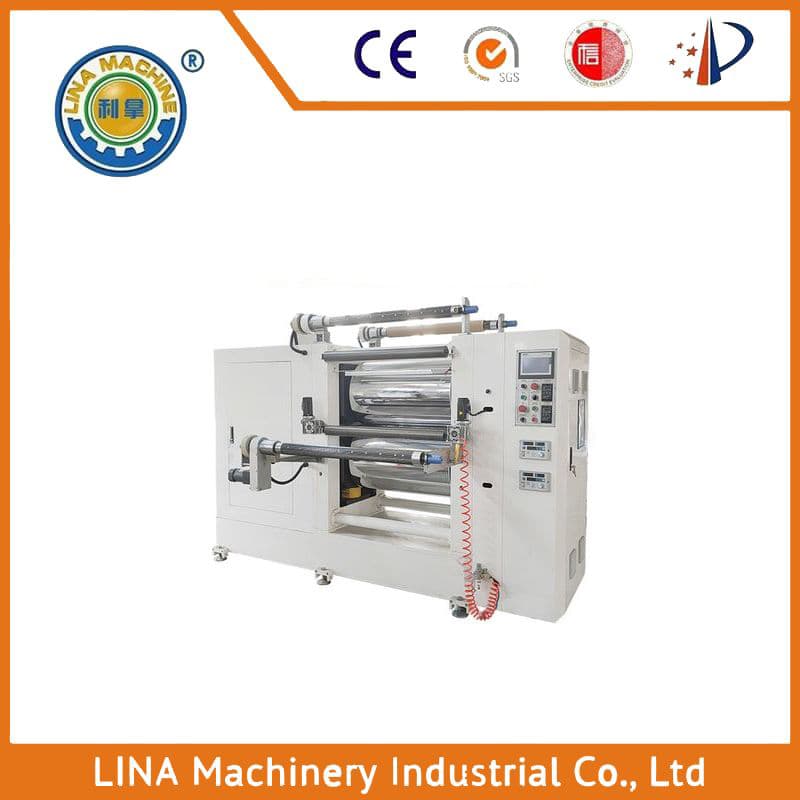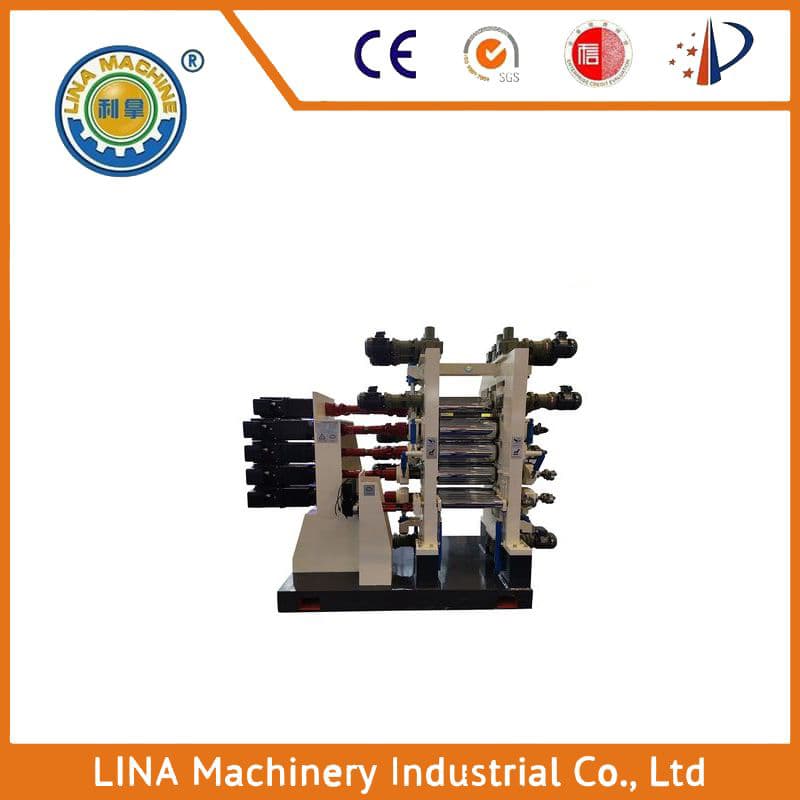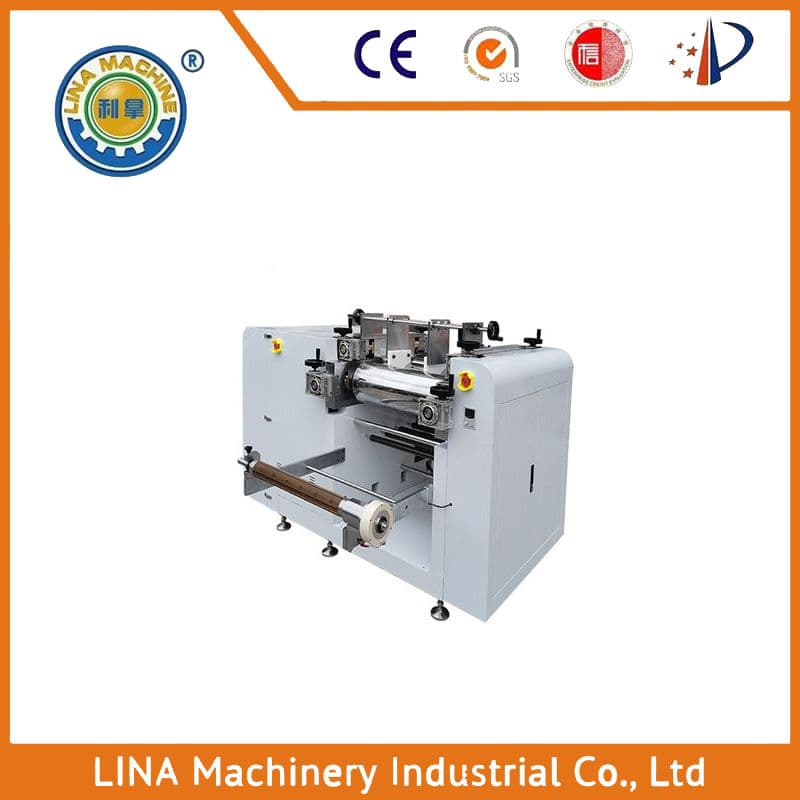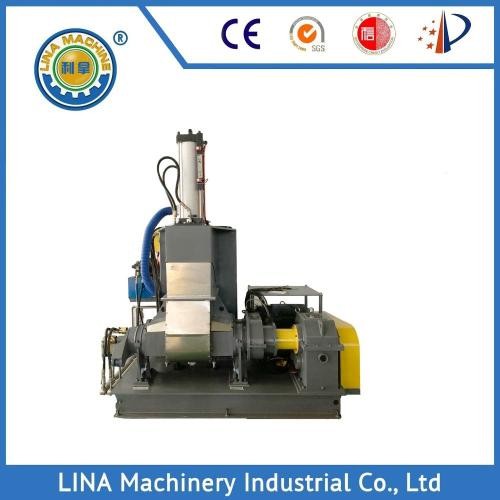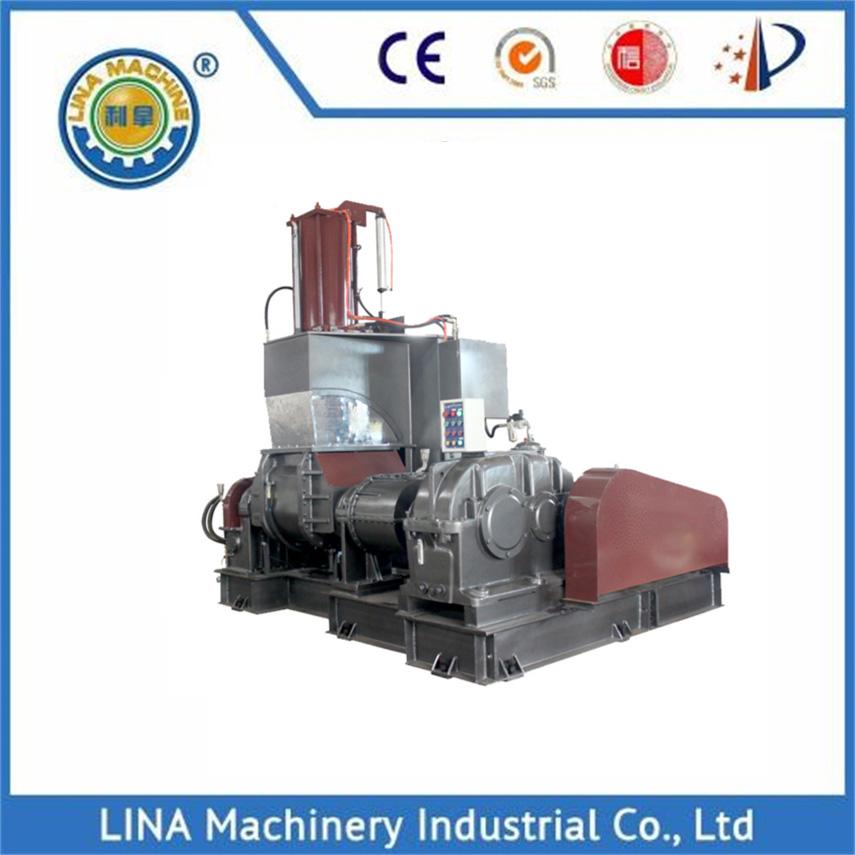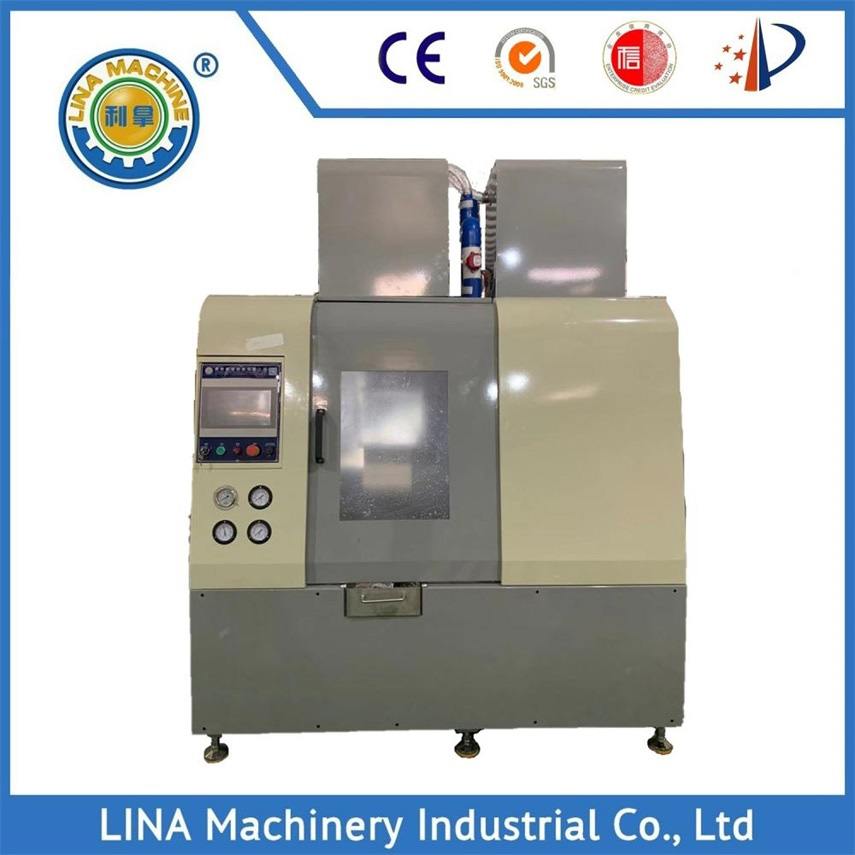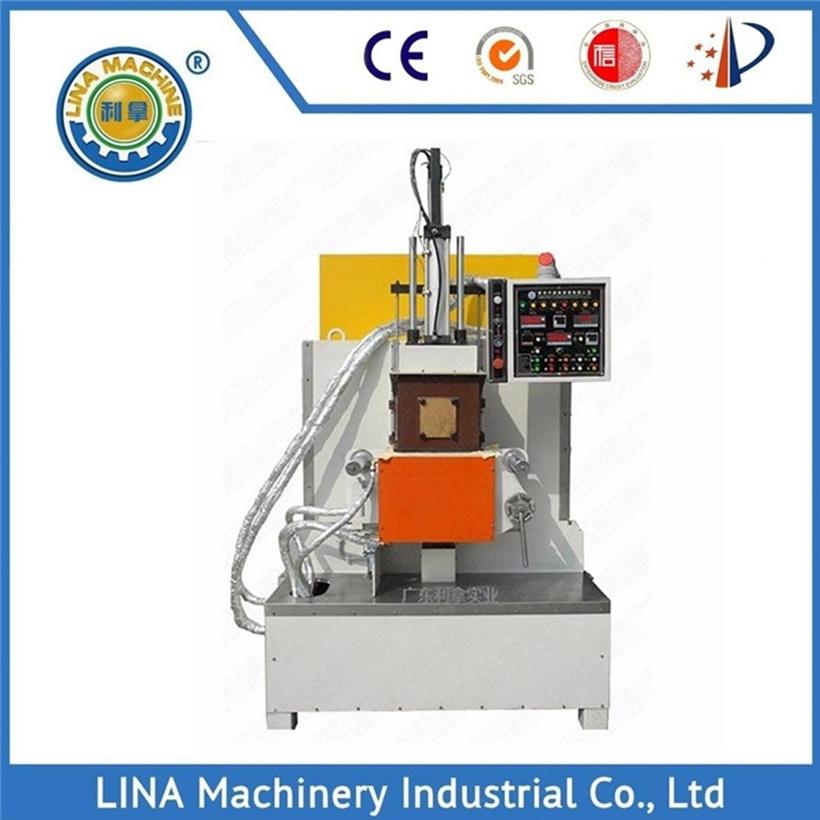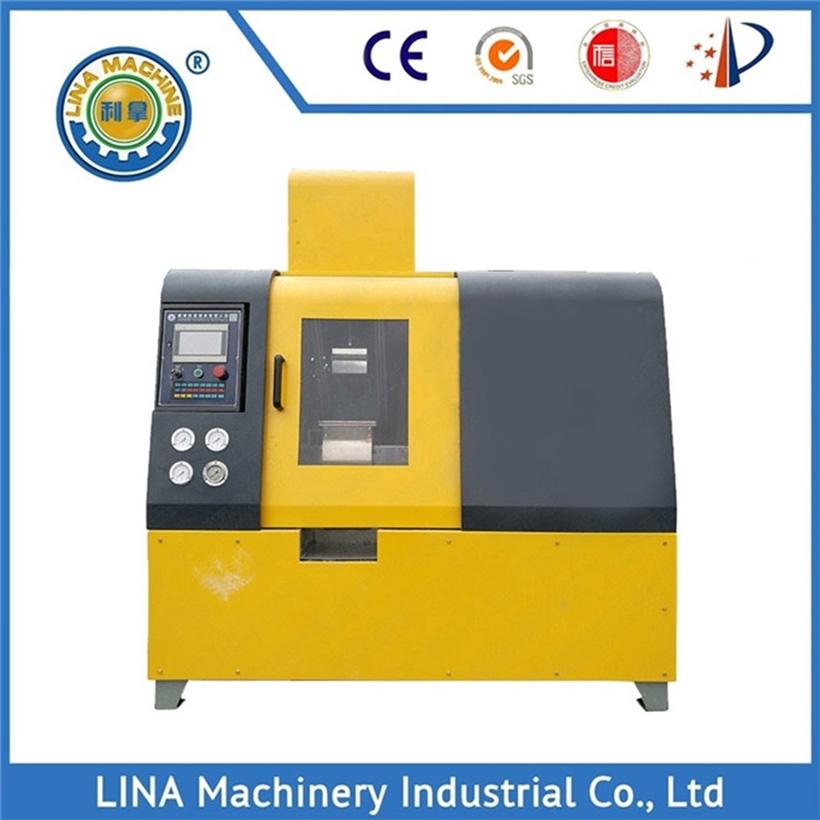




The main components of a Dispersion Mixer typically include a mixing chamber, rotors or blades, and a driving mechanism. The mixing chamber is where the materials are combined and mixed together. The rotors or blades, often in a sigma or tangential configuration, are responsible for the mixing action. The driving mechanism provides the power to rotate the rotors or blades at high speeds.
Dispersion Mixer are capable of achieving high shear rates and intense mixing action, which helps break down agglomerates and disperse materials evenly throughout the mixture. This is especially important for materials that are shear-sensitive or have a high viscosity.
Some common applications of Dispersion Mixer include:
Rubber compounding: Mixing rubber compounds with various additives such as fillers, plasticizers, and curing agents.
Plastic processing: Blending polymers with additives and fillers to produce plastic compounds with desired properties.
Adhesive manufacturing: Mixing adhesive formulations to ensure uniform distribution of ingredients and proper bonding characteristics.
Pharmaceutical manufacturing: Homogenizing pharmaceutical formulations containing active ingredients, excipients, and other additives.
Dispersion Mixer play a crucial role in the manufacturing process of many industries by ensuring consistent quality and properties of the final products.
Characteristics:
2. Suitable for a wide range of materials.
3. Excellent dispersion effect.
4. Easy cleaning for different materials.
5. Better performance dust seal for preventing material leak.



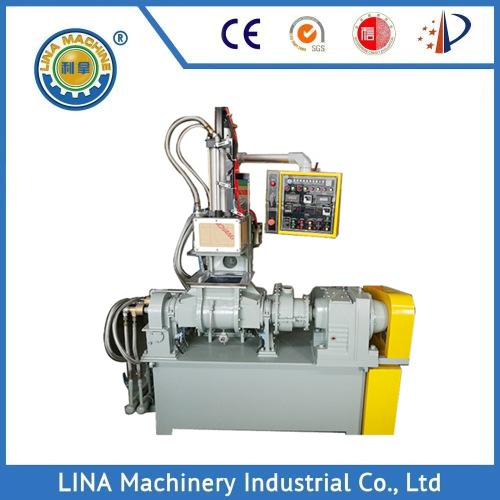




15 Liter Dispersion Mixer
Dispersion Mixer is a type of industrial mixing equipment used in various manufacturing processes, particularly in the rubber and plastics industries. Its primary function is to blend or disperse diff
TAG: Dispersion Mixer
Description
Dispersion Mixer, also known as a high-speed mixer or a kneader, is a type of mixing equipment commonly used in industries such as rubber, plastics, adhesives, and pharmaceuticals. It is designed to blend and disperse materials that are typically difficult to mix together, such as powders, liquids, and additives. The main components of a Dispersion Mixer typically include a mixing chamber, rotors or blades, and a driving mechanism. The mixing chamber is where the materials are combined and mixed together. The rotors or blades, often in a sigma or tangential configuration, are responsible for the mixing action. The driving mechanism provides the power to rotate the rotors or blades at high speeds.
Dispersion Mixer are capable of achieving high shear rates and intense mixing action, which helps break down agglomerates and disperse materials evenly throughout the mixture. This is especially important for materials that are shear-sensitive or have a high viscosity.
Some common applications of Dispersion Mixer include:
Rubber compounding: Mixing rubber compounds with various additives such as fillers, plasticizers, and curing agents.
Plastic processing: Blending polymers with additives and fillers to produce plastic compounds with desired properties.
Adhesive manufacturing: Mixing adhesive formulations to ensure uniform distribution of ingredients and proper bonding characteristics.
Pharmaceutical manufacturing: Homogenizing pharmaceutical formulations containing active ingredients, excipients, and other additives.
Dispersion Mixer play a crucial role in the manufacturing process of many industries by ensuring consistent quality and properties of the final products.
Characteristics:
2. Suitable for a wide range of materials.
3. Excellent dispersion effect.
4. Easy cleaning for different materials.
5. Better performance dust seal for preventing material leak.


|
Item |
Specification |
remarks |
| Type |
Pressurized Flipping Type |
|
|
Mixing Capacity |
15 liter |
|
|
Production Yield |
15-20 KG per time |
Subject to the proportion of material and dispersion requirements. |
|
Main Motor Power |
22 KW |
|
|
Flipping Method |
Hydraulic type |
|
|
Flipping Angle |
110° |
|
|
Temperature Control |
Heating or/and cooling |
Electric/oil/steam heating and circulating water cooling. |
|
Weight |
About 2800 KG |
|
|
Dimensions |
About 2200*1350*2150 mm |
|



